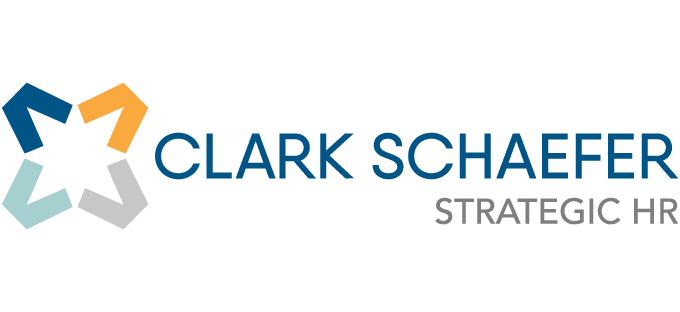The Top Seven Handbook Policies to Include This Year
Last Updated on June 26, 2025 / HR Compliance, HR Strategy
HR Question:
We’re in the process of reviewing our handbook and want to make sure that we’re including policies that reflect the talent we’re trying to attract. What are some of the top policies we need to include in our handbook?
HR Answer:
We recommend reviewing your handbook at least once a year to ensure that your policies are up-to-date, inclusive, and reflective of the environment in which your organization operates. If you don’t already do so, it’s important to provide each new hire a copy of the handbook when they start and request they sign and acknowledgement that they received it. Additionally, redistributing the handbook annually (or whenever significant changes are made) and having employees sign an acknowledgment to demonstrate they recognize the changes is a best practice.
Don’t have a handbook? Find out why you need one.
First, we will assume you have a handbook with the basics including a purpose statement, an at-will employment notice (see this list of applicable states), disclaimers, general employment matters and EEOC statements, National Labor Relations Act disclaimer if applicable, and receipt acknowledgments.
Next, we recommend consulting with your lawyer or attorney to ensure that you’ve included legal obligations and employee rights defined in your policies and procedures specific to laws impacting your organization and reflective of where all your employees work.
For 2024, consider these top seven additions or updates:
1. Hybrid Office Expenses
Do you offer a hybrid working model? Are your employees part of the 28% (according to Forbes) who have adapted to the split between working from home and in the office? If so, you may have already created policies and procedures to account for this approach. But do those policies include expenses and additional coverage for home offices?
While many organizations have offered to cover certain expenses (even after employees have the option to return to the office full-time), a best practice is to outline and define what home office equipment, supplies, internet, and other costs you may be willing to cover. Ensuring clear communications in your handbook around this policy may be a timely update for 2024 to keep you and your team on the same page and budget.
2. Appearance/Dress Codes
When was the last time you updated your appearance and dress code? Depending on your client-facing activities, your industry, and your day-to-day needs, you may not need to outline exactly what employees can or cannot wear. That being said, it’s crucial to ensure that any guidance or expectations that you provide aren’t discriminatory.
We recommend having your attorney review your policy to see that it outlines your necessary guidelines while providing an opportunity to express inclusivity in religious and cultural dress, gender neutrality in appearance and dress, and respect for hairstyles that may have cultural significance as referenced in the CROWN (Create a Respectful and Open World for Natural hair) Act.
3. Legal and Illegal Drug Policy
Does your drug and alcohol policy need to note specific expectations surrounding the use of marijuana – which is now legal in many states? There may be new verbiage you’ll want to add surrounding marijuana testing and/or use. Maybe now is the time to refresh your policy for expectations and actions surrounding all types of impairments in the workplace.
4. Pregnant Workers Fairness Act and PUMP Statement
This addition informs employees that your organization will make reasonable accommodations during and post-pregnancy and follows the 2023 PUMP Act to allow milk expression breaks as needed. If you’re unsure if this applies to your organization, you may want to read our article highlighting applicable laws and what you need to know about pregnancy discrimination.
5. Relationships in the Workplace
According to a new Society for Human Resources Management (SHRM) Survey: Workplace Romance 2023, over a quarter (27%) of U.S. workers are in a workplace romance or have been before. This is no surprise since we spend so much time at work! Additionally, if you encourage employee hiring referrals (a great way to get known talent), you may have more family and spouses working together.
Most companies follow relaxed guidelines on relationships and welcome related employees – especially in this tight labor market. In any case, consider adding statements and practices (such as consensual relationship agreements) that best meet your organization’s views and culture on this, but that clearly set guidelines for respectful boundaries and limiting prevention of harassment.
6. State and Local Addendums
In 2023, we saw quite a few newly passed laws you may need to add. Those range from leave laws, non-competes, pay transparency, and others – often differing by state, city, and town. Sometimes it makes sense to take the most restrictive rule you must follow in one location and expand it to all locations. Other times, you can explain that employees who work in jurisdictions with different or more rules will receive a supplemental handbook. When in doubt about any new applicable laws, we recommend consulting your attorney.
7. PTO for Voting
Do you give your employees PTO to vote? With 2024 being another presidential voting year, more voters and first-time voters may be wondering how to handle their work time and taking time away to vote. While this is not a critical aspect for a handbook, it’s certainly an item that should be clear in your PTO policy if you have that included in your handbook.
If you haven’t updated your Employee Handbook in the last 12 months, you could be missing the chance to include newer items and policies and communicate those developments to your organization. Your handbook should evolve as your team grows, as laws change, and give your best effort to be transparent and clear while helping to keep to the goals you’ve established for a positive work culture.
Thank you to Andrea Whalen, Senior HR Business Strategist, for contributing to this edition of our HR Question of the Week.
As the workplace landscape continues to evolve, employee handbooks and policies must evolve with it. Strategic HR can help you update and revise your handbook to ensure that it is compliant and reflects the environment your organization operates within. To learn more, request a free handbook consultation today.





